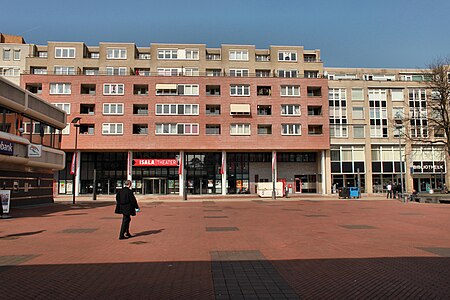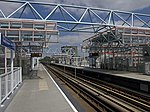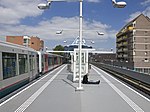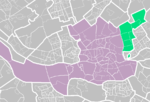Capelle aan den IJssel

Capelle aan den IJssel (Dutch pronunciation: [kaːˈpɛlə ʔaːn dən ˈɛisəl] (listen); English: Capelle on the IJssel) is a small city and municipality in the western Netherlands, in the province of South Holland. The municipality had a population of 66,818 in 2019, and covers an area of 15.40 km2 (5.95 sq mi), of which 1.26 km2 (0.49 sq mi) is water. It is situated on the eastern edge of Rotterdam, on the Hollandse IJssel river. The town has what is probably the country's smallest museum, the Dief en Duif huis ("House of Thieves and Pigeons"). Now a historical museum, it served as the prison for the castle of Capelle and is all that now remains of the 16th-century castle. On opposing sides of the A16 motorway are two business parks called Rivium and Brainpark respectively. Companies based in the larger Rivium include Rockwell Automation, Pfizer Nederland, Sodexho Nederland, Royal Dutch Shell, Van Oord, and many more.
Excerpt from the Wikipedia article Capelle aan den IJssel (License: CC BY-SA 3.0, Authors, Images).Capelle aan den IJssel
Abram van Rijckevorselweg,
Geographical coordinates (GPS) Address Nearby Places Show on map
Geographical coordinates (GPS)
| Latitude | Longitude |
|---|---|
| N 51.933333333333 ° | E 4.5833333333333 ° |
Address
Abram van Rijckevorselweg
Abram van Rijckevorselweg
2902 KG
South Holland, Netherlands
Open on Google Maps








